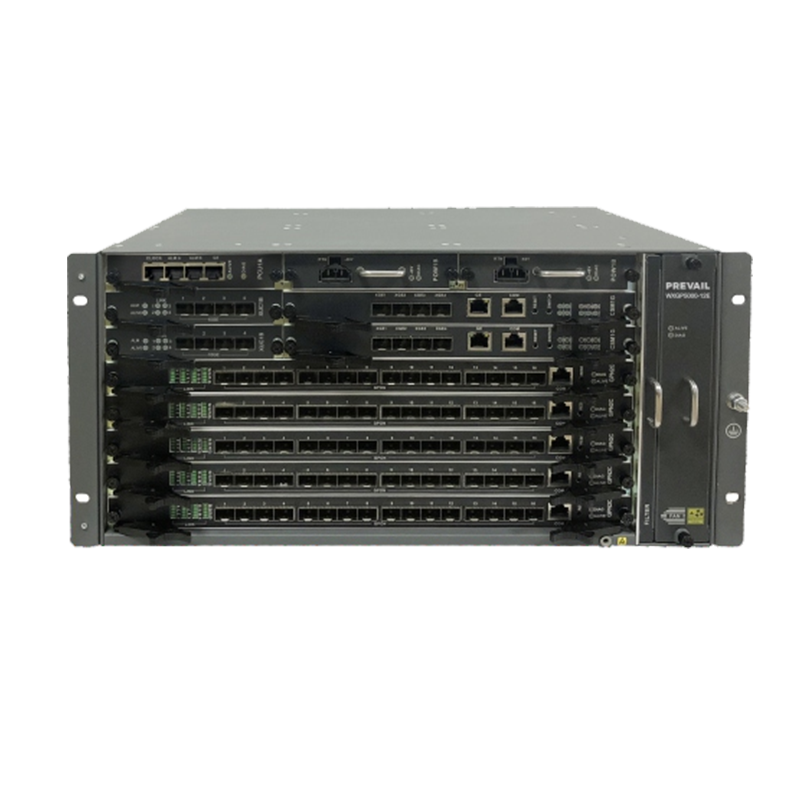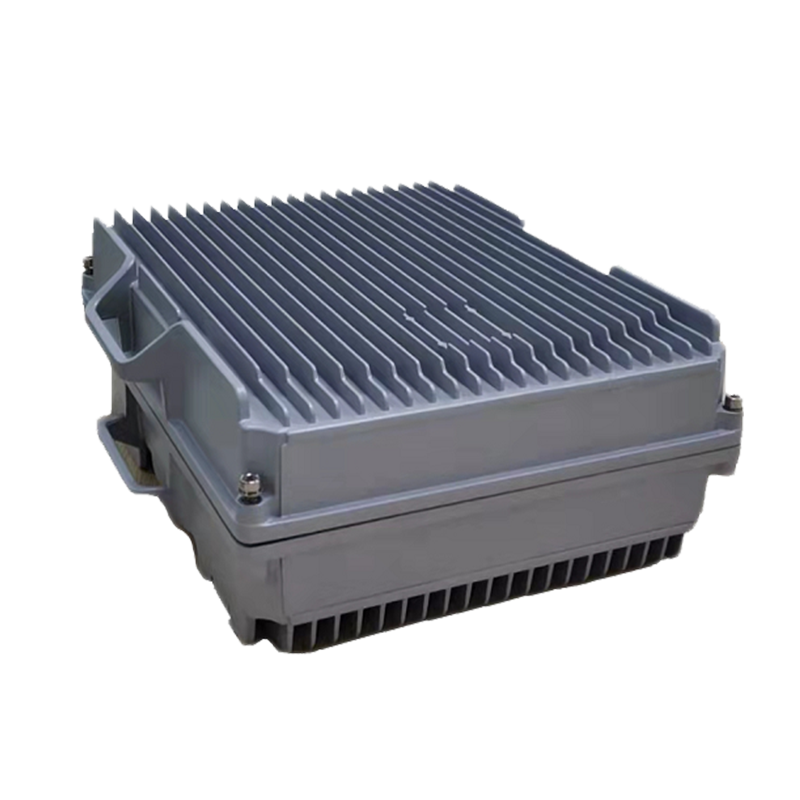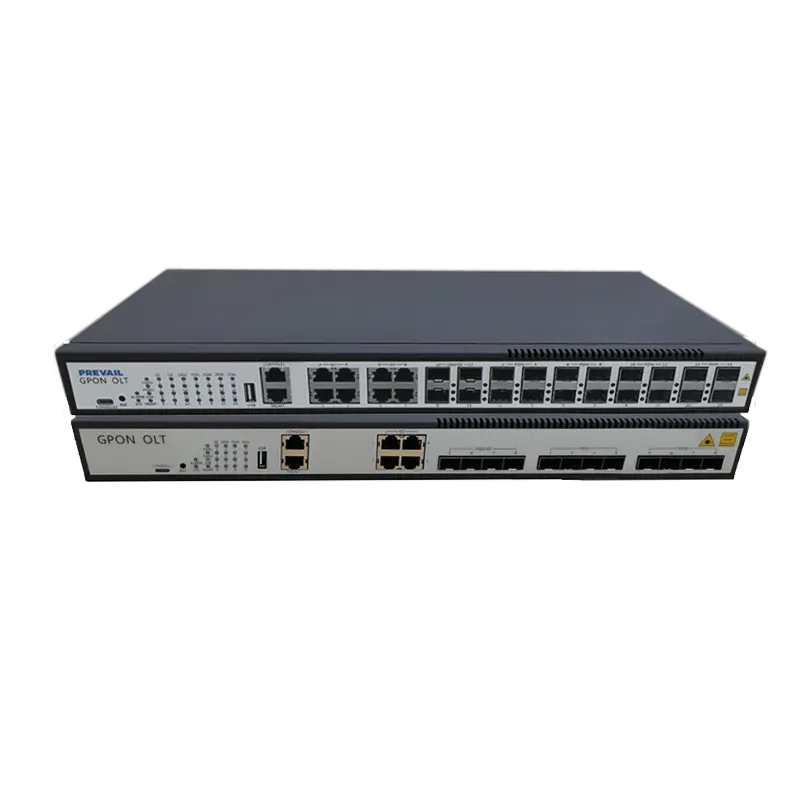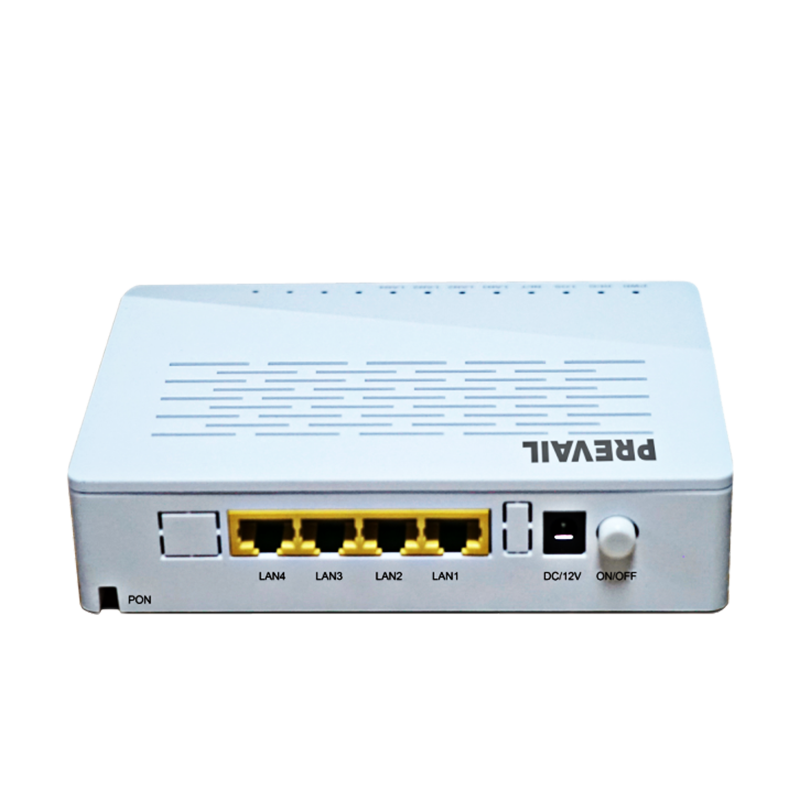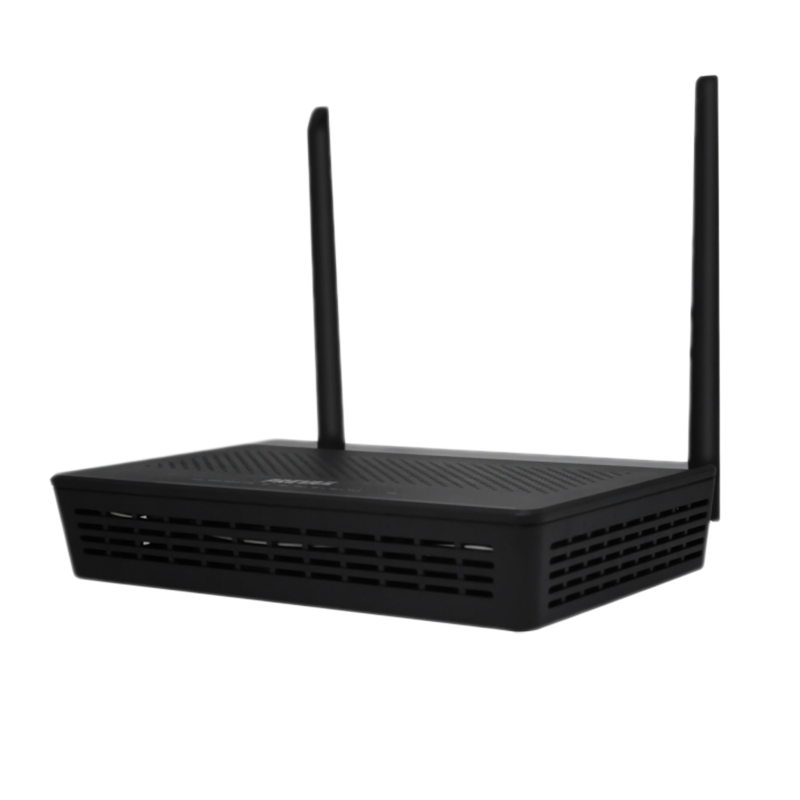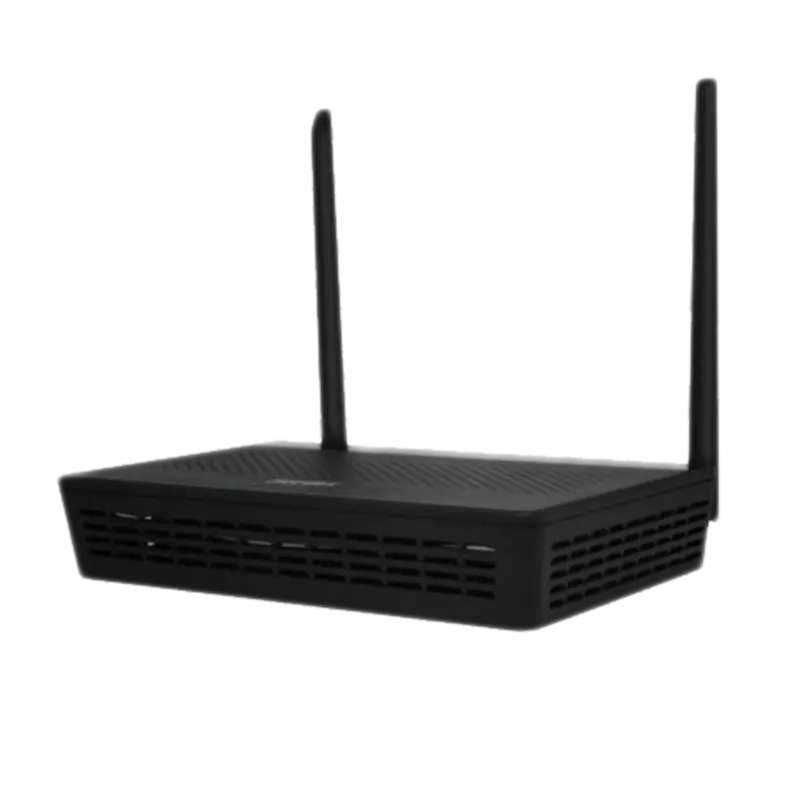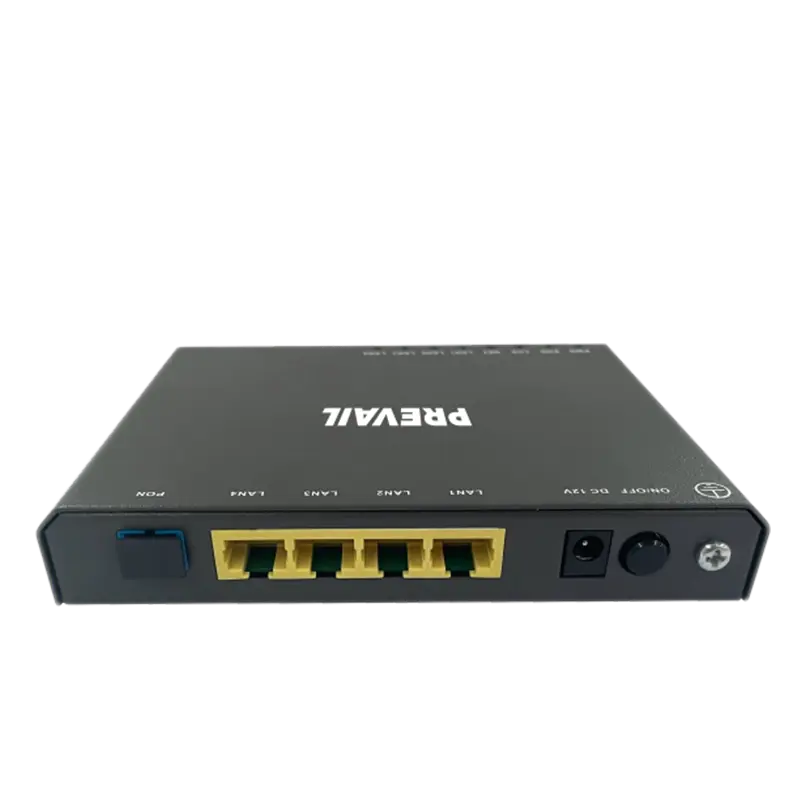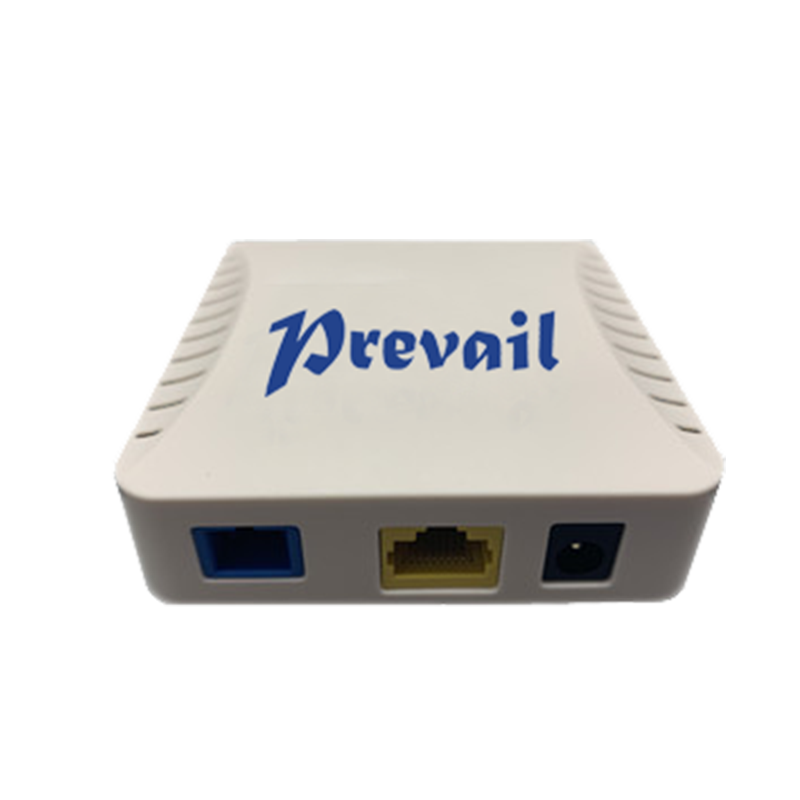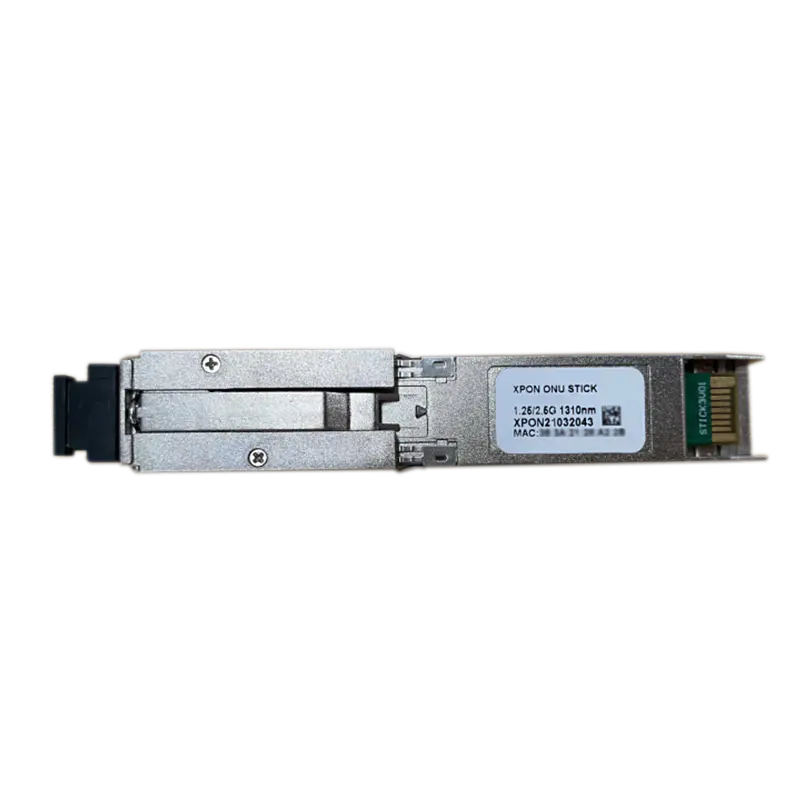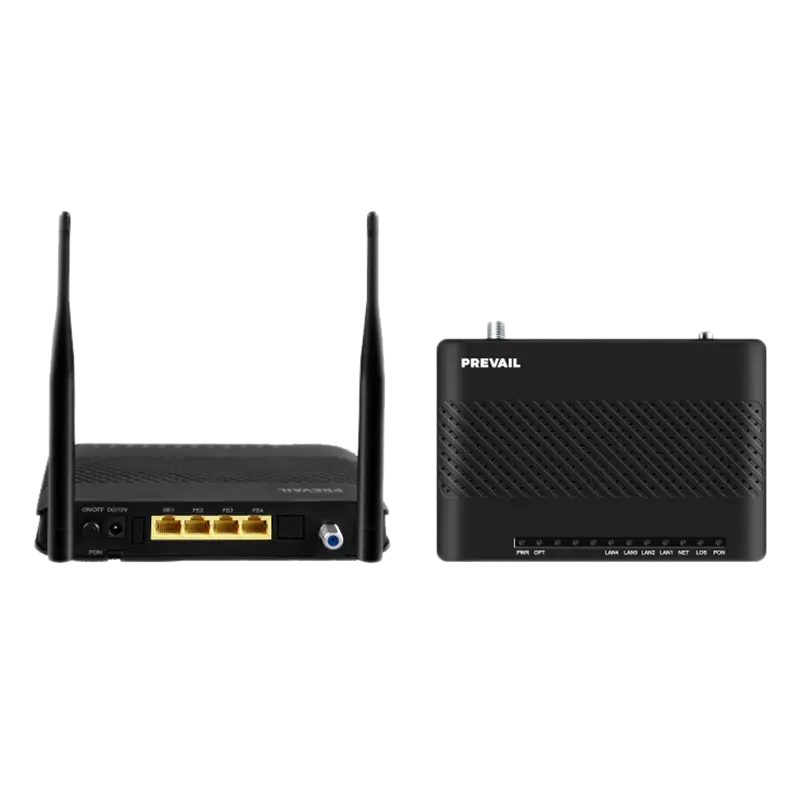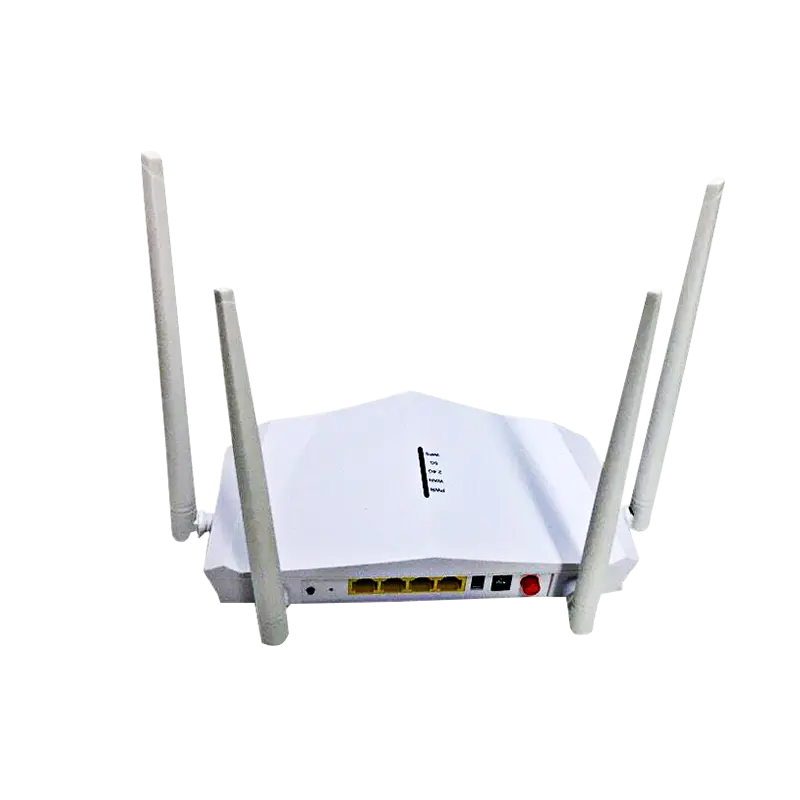HFC Transmission Equipment - A key bridge to build modern broadband networks
With the rapid development of digital communication technology, broadband access networks are undergoing continuous technological evolution and upgrading. Among many network architectures, HFC transmission equipment as an important support for the transformation of cable TV networks to broadband integrated service networks, has become one of the current mainstream access network solutions.
HFC transmission equipment mainly includes optical transmitters, optical receivers, trunk amplifiers, branch distributors and other components, which together form a hierarchical network structure that supports two-way communication (uplink and downlink) to meet the needs of modern families and enterprises for high-speed Internet, high-definition television, VoIP phones and other services.
HFC networks are deployed in a "fiber to the node (FTTN)" manner. Specifically, the front-end system transmits signals to optical nodes at the cell or community level through optical fibers, and then the optical nodes convert the optical signals into electrical signals and distribute them to end users through coaxial cables.
This architecture greatly reduces the signal attenuation problem in traditional pure coaxial networks, while reducing wiring costs and improving system stability and scalability.
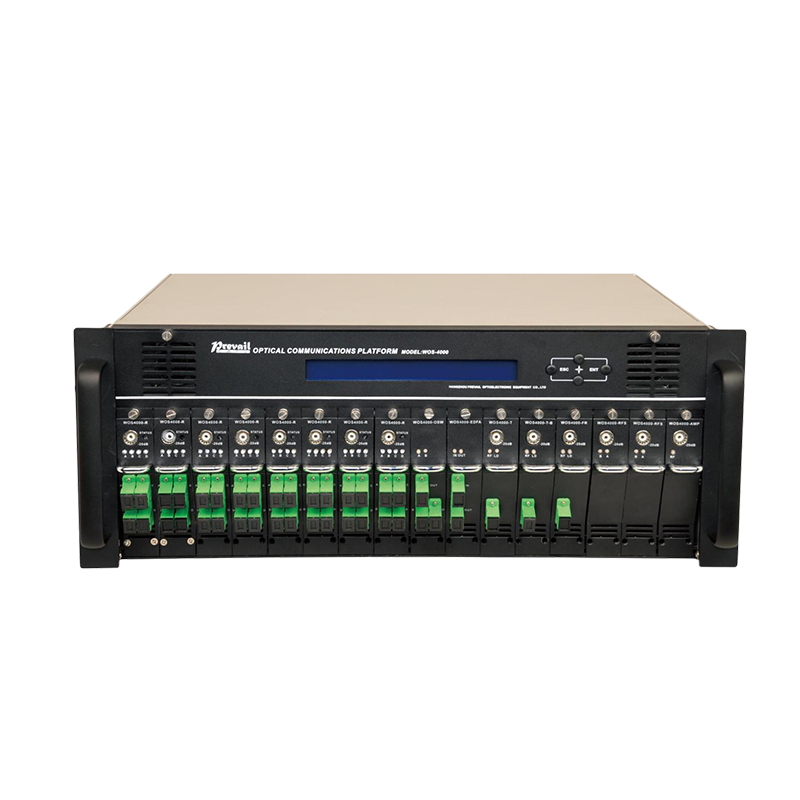
Main advantages of HFC transmission equipment
High bandwidth capability: supports gigabit downlink rate, meeting high-bandwidth applications such as 4K/8K video and cloud services;
Two-way communication support: has a complete uplink channel design, suitable for interactive services such as video conferencing and online games;
Good compatibility: can be quickly deployed based on the existing CATV (cable TV) network, saving construction costs;
Strong stability: strong anti-interference ability, suitable for use in densely populated urban areas;
Easy to maintain and manage: supports remote monitoring and fault diagnosis, improving operation and maintenance efficiency.
Wide application areas
HFC transmission equipment is widely used in the following scenarios:
Cable TV operators: used to provide integrated three-in-one services (TV, telephone, Internet);
Residential broadband access: as a supplementary solution to FTTH, it is suitable for areas where it is difficult to fully provide fiber to the home;
Commercial building communication system: provides unified data and multimedia access for office buildings, hotels and other places;
Smart city infrastructure: as part of the urban broadband backbone network, it supports security monitoring, intelligent transportation and other applications.
With the development of 5G, the Internet of Things and smart homes, users' requirements for network bandwidth and service quality are increasing. HFC transmission equipment is playing an important role worldwide with its mature technical foundation, efficient transmission performance and low deployment cost.





